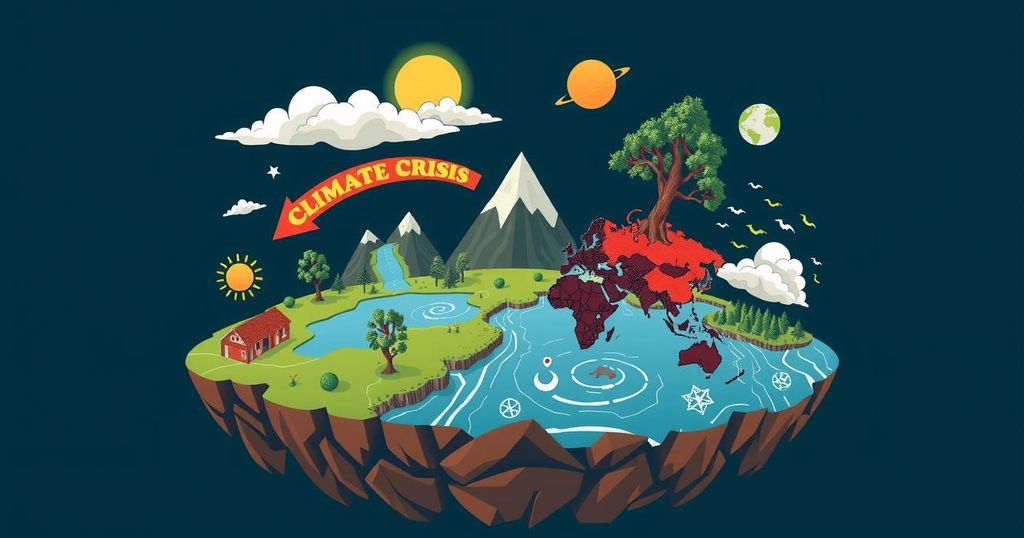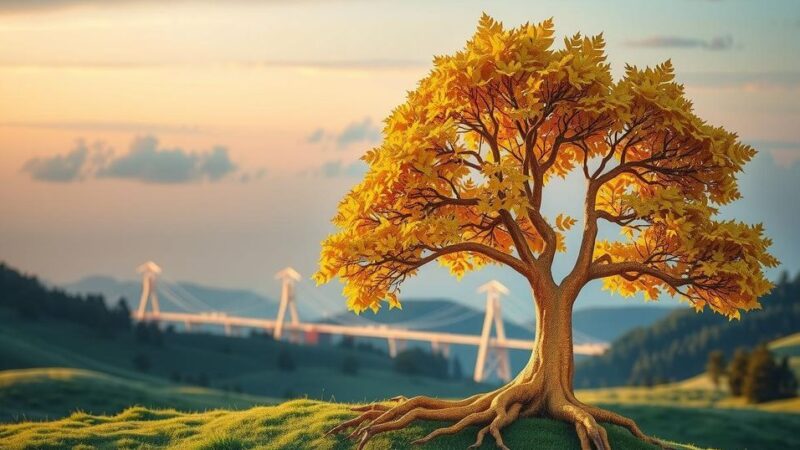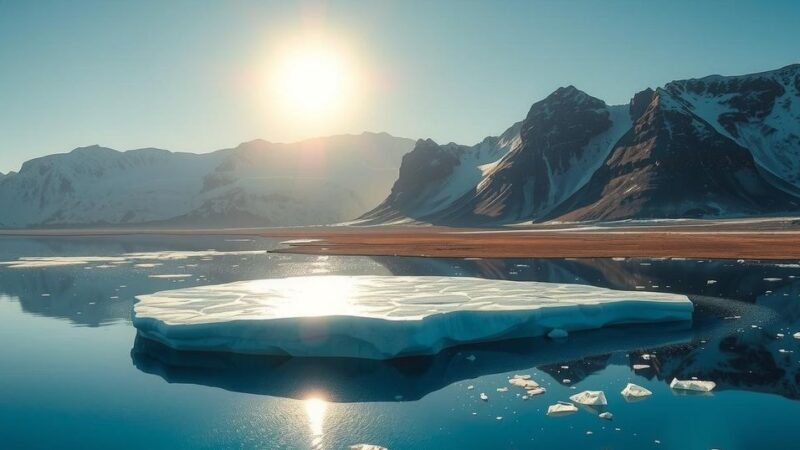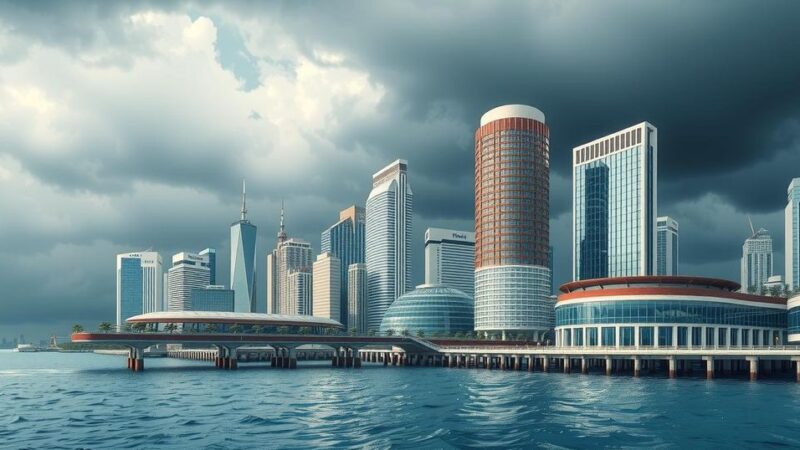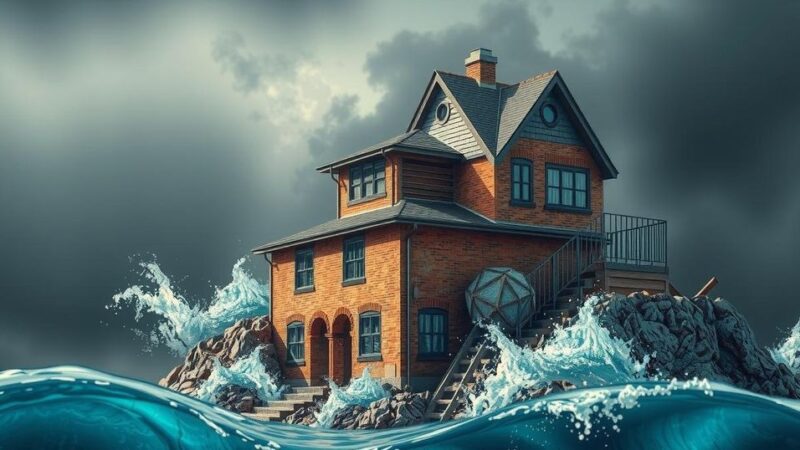“World Without End,” a graphic novel by Jean-Marc Jancovici and Christophe Blain, presents a learned dialogue addressing the pressing climate crisis. Through visual storytelling, the authors convey the realities of anthropogenic climate change while exploring humanity’s energy dependencies and societal implications. The balance between engaging narrative and scientific rigor poses challenges, yet the work serves to inspire action and awareness on climate issues.
The graphic novel “World Without End,” authored by Jean-Marc Jancovici and illustrated by Christophe Blain, serves as a poignant exploration of the climate crisis, encapsulating the dire realities of anthropogenic climate change. The narrative unfolds through a Socratic dialogue, wherein Professor Jancovici imparts knowledge about climate change to Blain, who translates these complex ideas into visually engaging art. This collaboration results in a compelling and educational format that draws parallels with other significant graphic novels that address impactful historical and social issues. The authors effectively convey that climate change is a genuine, catastrophic phenomenon driven predominantly by human behavior. They harness humor and visual storytelling to engage readers, although there is a noted tendency towards didacticism that some may find off-putting. The text presents a wealth of information about humanity’s energy dependencies while attempting to illustrate the intricate interconnections of our existence on Earth, from daily activities to broader impacts like social unrest and migration. However, while the novel endeavors to provide hope, it occasionally ventures into oversimplified assertions regarding human behavior and evolutionary psychology, drawing criticism for its loose interpretations of complex scientific concepts. The tension between the imperative of storytelling in communicating urgent issues and the academic rigor of scientific detail resonates throughout the work, ultimately culminating in a heartfelt call to collective action against the climate emergency. In summary, “World Without End” is not only a visual treat but also a thought-provoking commentary that aims to elevate public discourse on climate action, even as it navigates criticisms concerning its scientific fidelity and narrative approach.
The theme of climate change has increasingly become a focal point in contemporary discourse, with movements arising worldwide demanding urgent actions to combat its effects. Various mediums, including literature, film, and visual arts, have aimed to raise awareness and drive understanding of this pressing issue. Graphic novels, in particular, have emerged as an engaging means of storytelling that combines art and narrative to present complex subjects in an accessible format. Jancovici and Blain’s “World Without End” stands within this context, leveraging the visual storytelling tradition to unravel the intricacies of climate science and the human behaviors contributing to this crisis.
While “World Without End” successfully engages readers through its visual storytelling and informational density, it also reflects the challenge of striking a balance between compelling narratives and the rigorous complexities of climate science. The novel aims to motivate readers towards action by highlighting the interconnectedness of daily life and energy consumption, yet it navigates potential pitfalls of oversimplification in its scientific discourse. Ultimately, it reinforces the urgent need for collective understanding and action concerning climate change.
Original Source: www.theguardian.com
